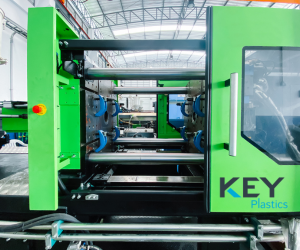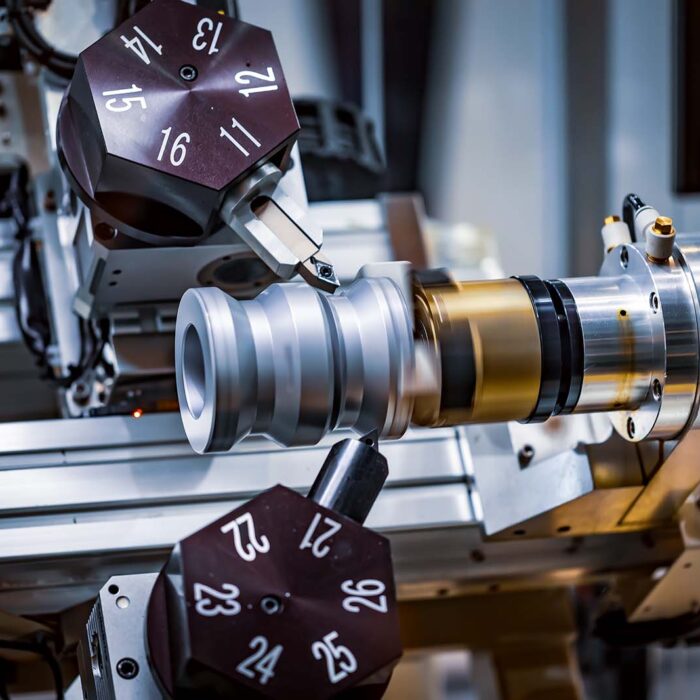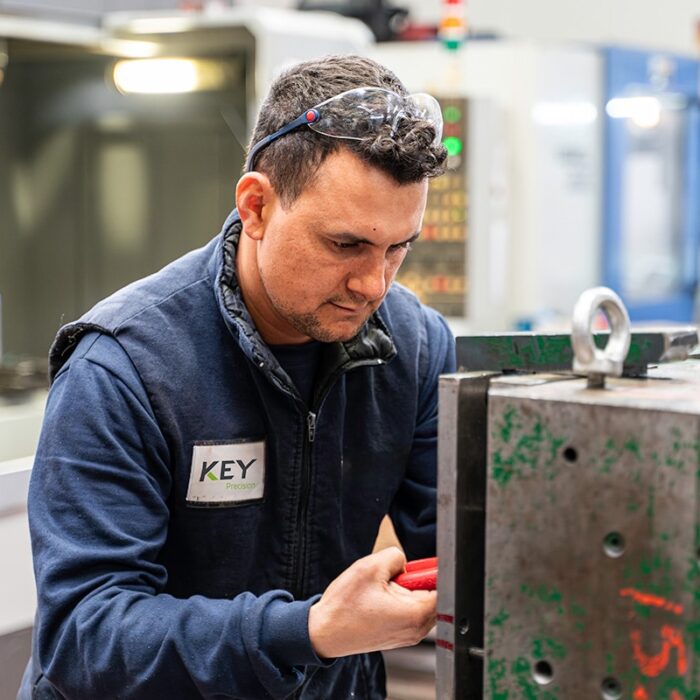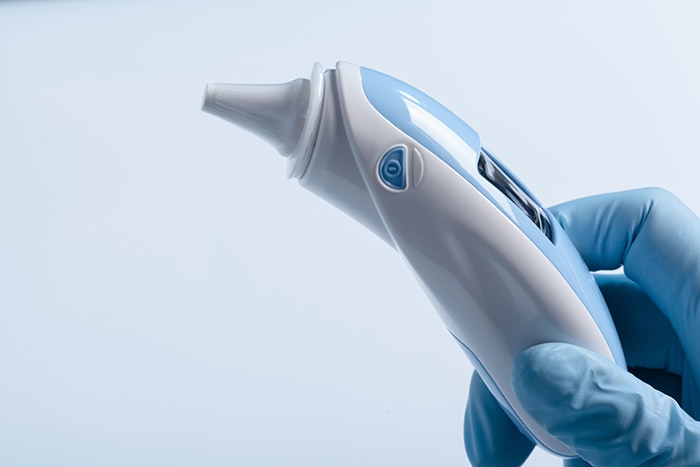The injection moulding process stands as one of the most versatile and efficient methods for producing plastic components. This comprehensive guide explores each phase of this sophisticated process, highlighting how raw materials transform into precisely engineered products used across industries worldwide.
The Evolution and Significance of Injection Moulding
Injection moulding has revolutionised manufacturing since its inception. Today, it represents the backbone of plastic production, enabling everything from consumer electronics housings to critical medical device components. Its popularity stems from unmatched precision, scalability, and material versatility that few other manufacturing methods can match.
Breaking Down the Injection Moulding Process
Phase 1: Pre-Production Planning
Before any material enters a machine, successful injection moulding begins with thorough preparation:
Material Science Analysis: Engineers evaluate polymer characteristics including melt flow index, shrinkage rates, and mechanical properties to determine optimal processing parameters.
Simulation and Analysis: Advanced computer modelling simulates how plastic will flow through the mould cavity, identifying potential issues like weld lines or air traps before production begins.
Prototyping: Rapid prototyping techniques often validate designs before committing to expensive tooling, allowing for iterative refinement.
Phase 2: Tooling Development
The mould itself represents the heart of the injection moulding process:
Mould Design Engineering: Specialised engineers create complex tooling that accommodates ejection systems, cooling channels, and precise parting lines.
Material Selection for Tooling: Depending on production volume and part requirements, moulds may be crafted from various steel grades or aluminium alloys, each offering different durability and heat transfer characteristics.
Precision Machining: Modern CNC systems, EDM (Electrical Discharge Machining), and wire erosion techniques create cavity geometries with tolerances measured in microns.
Phase 3: The Core Injection Moulding Process
The production cycle itself follows these distinct stages:
1. Material Preparation Raw plastic pellets, often combined with colourants or performance additives, are dried to precise moisture levels before processing. This critical step prevents defects in the finished parts.
2. Plasticisation Within the injection unit, a reciprocating screw performs multiple functions:
- Transports pellets forward through the heated barrel
- Creates frictional heat through shear forces
- Homogenises the material into a consistent melt
- Builds pressure for the injection phase
3. Injection Phase The molten plastic enters the mould at precisely controlled:
- Speeds (affecting molecular orientation)
- Pressures (determining packing density)
- Temperatures (influencing flow characteristics)
4. Packing and Holding After initial filling, additional material compensates for shrinkage as the plastic begins cooling. This crucial phase determines dimensional stability and surface finish quality.
5. Cooling Cycle Heat transfers from the plastic into the mould through conduction, with engineered cooling channels carrying away thermal energy. This phase typically represents the longest portion of the cycle time.
6. Part Ejection Once solidified to sufficient rigidity, the mould opens and ejector pins, plates, or air-assist systems remove the part without deformation.
Phase 4: Post-Moulding Operations
Many injection moulded components require additional processing:
Finishing Techniques: Secondary operations may include:
- Gate removal and trimming
- Assembly with other components
- Decorative treatments like painting or hot stamping
- Surface texturing or polishing
Quality Control: Advanced inspection methods ensure parts meet specifications:
- Vision systems detect surface defects
- Coordinate measuring machines verify dimensions
- Material testing confirms mechanical properties
Advanced Injection Moulding Variations
The standard process has evolved into specialised techniques for specific applications:
Multi-Material Injection Moulding: Creates components with different materials in a single part, combining rigid and flexible sections or various colours without assembly.
Gas-Assisted Injection Moulding: Introduces nitrogen into thicker sections, creating hollow areas that reduce weight, material usage, and cycle times while preventing sink marks.
Low-Pressure Injection Moulding: Utilises lower injection pressures for delicate components or encapsulating electronic elements without damage.
Micro-Injection Moulding: Produces incredibly small parts with microscopic features for medical devices and microelectronics.
Sustainability in Modern Injection Moulding
Today’s injection moulding process increasingly focuses on environmental responsibility:
Energy Efficiency: All-electric machines reduce power consumption by up to 80% compared to hydraulic systems.
Circular Material Flows: Closed-loop regrind systems reprocess sprues and runners, while advanced technologies enable higher percentages of recycled content in new parts.
Biopolymer Processing: Specialised techniques accommodate plant-based and biodegradable materials that require different processing parameters.
Conclusion: The Future of Injection Moulding
The injection moulding process continues to evolve with advancements in automation, material science, and digital integration. Industry 4.0 principles now connect injection moulding machines to larger production ecosystems, enabling real-time monitoring and adaptive control systems.
Whether you’re producing simple consumer goods or complex technical components, the fundamentals of the injection moulding process provide the foundation for manufacturing excellence in the modern world.





